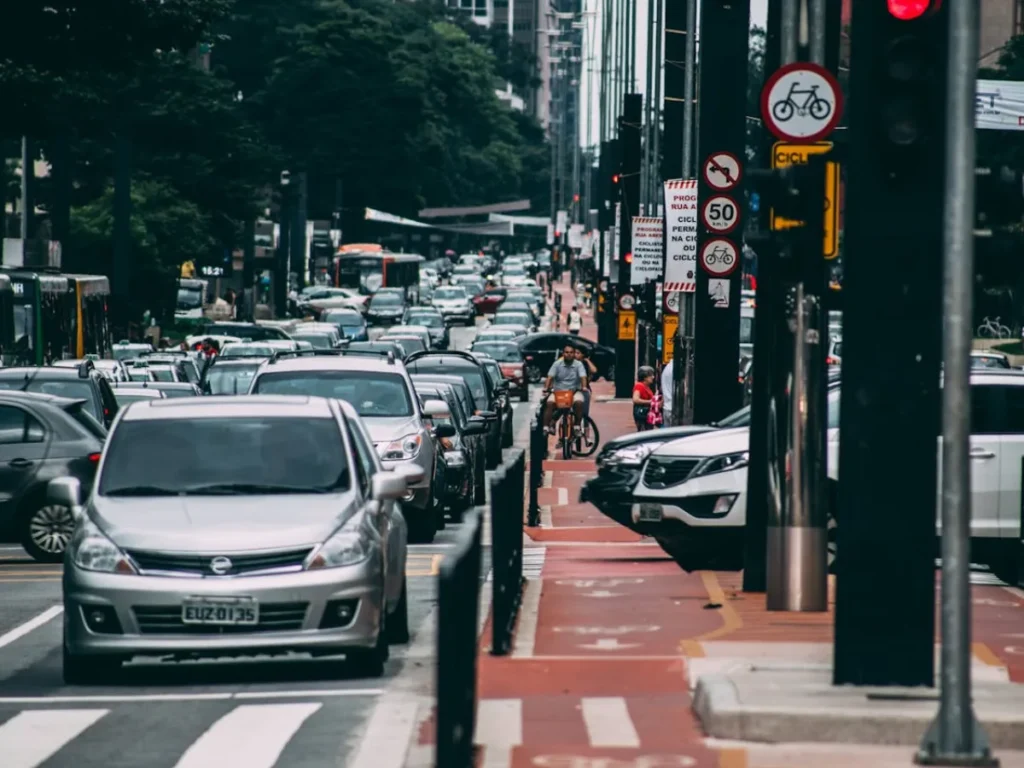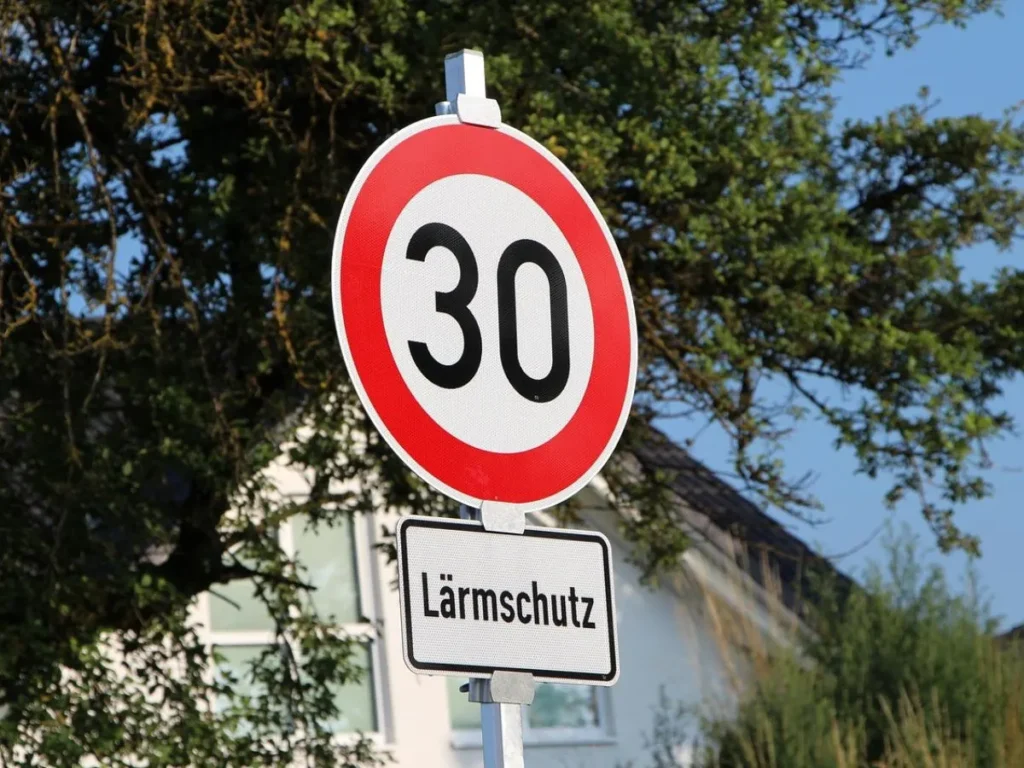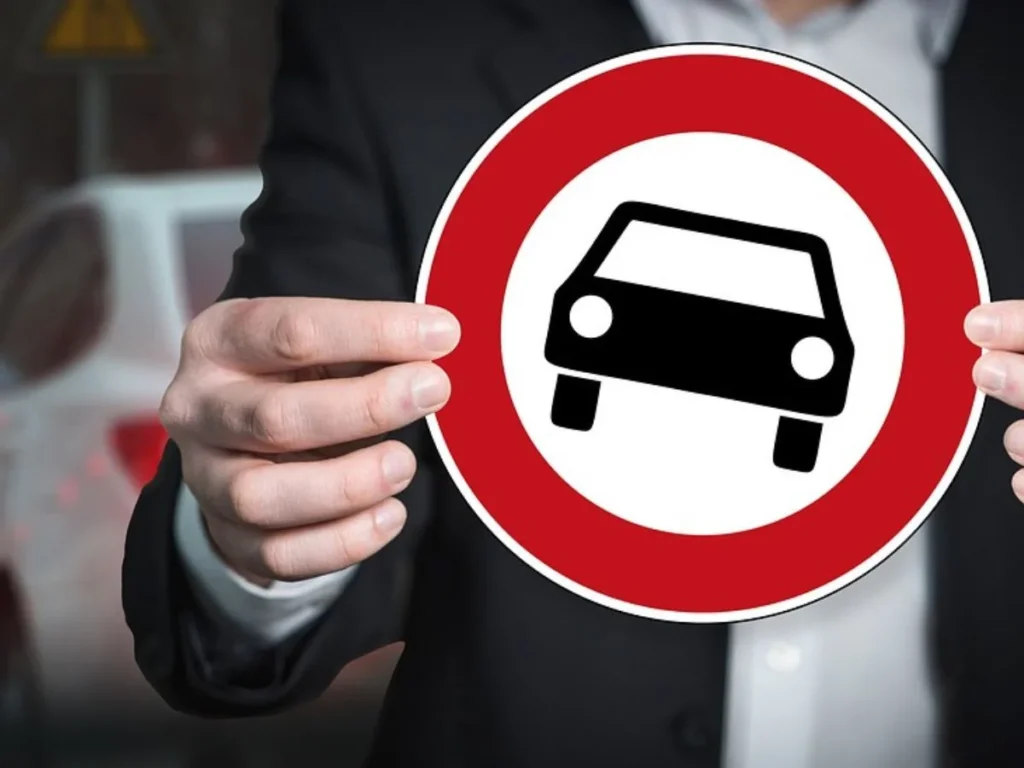Traffic administration is crucial for ensuring road safety, reducing congestion, and maintaining order on national highways and city roads. Traffic signs are among the most fundamental and effective tools in this system, as they alert, guide, and regulate drivers’ behavior. The primary role of traffic signs is to prevent accidents and safeguard human life. In this blog post, we will explore the topic titled “Traffic Signs: Insertion & Following in Pakistan.”

Table of Contents
Legal Basis for Traffic Signs in Pakistan:
The legal foundation for traffic signs in Pakistan is governed by the Motor Vehicle Ordinance, 1965, which contains comprehensive provisions for their placement and enforcement. Section 79 of the Ordinance grants the Provincial Government or any authorized person the legal authority to erect, place, or mark traffic signs for the guidance of road users. The main purpose of traffic signs is to control vehicle movement, indicate speed limits, provide direction, or warn of road conditions. Section 82 imposes a statutory duty on all drivers and road users to comply with these signs. It is a punishable offence to ignore or disobey any legally placed traffic sign.
The exact text of the aforementioned sections is discussed below:

Section 79: Insertion of Traffic Signs
(1) Government or any authority authorized in this behalf by Government may cause or permit traffic signs to be placed or erected in any public place for the purpose of regulating motor vehicle traffic.
(2) Traffic signs erected under this Chapter for any purpose for which provision is made in the Ninth Schedule shall be of the size, colour and type and shall have the meanings set forth in the Ninth Schedule, but Government or any authority empowered in this behalf by Government may make or authorise the addition to any sign set forth in the said Schedule of transcription of the words, letters or figures thereon in such script as Government may think fit: Provided that the transcription shall be of similar size and colour to the words, letters or figures set forth in the Ninth Schedule.
(3) Except as provided by this Chapter, no traffic sign shall, after the commencement of this Ordinance, be placed or erected on or near any road; but all traffic signs erected prior to the commencement of this Ordinance by any competent authority shall for the purposes of this Ordinance be deemed to be traffic signs erected under the provisions of this Chapter.
(4) Government or any authority authorized under sub-section (1) may remove or cause to be removed any sign or advertisement which, in its opinion, is so placed as to obscure any traffic sign from view or any sign or advertisement which is, in its opinion so similar in appearance to a traffic sign as to be misleading

Section 82: Duty to Obey Traffic Signs
(1) Every driver of a motor vehicle shall drive the vehicle in conformity with any indication given by a mandatory traffic sign and in conformity with the driving regulations set forth in the Tenth Schedule, and shall comply with all directions given by any electrical traffic signalling device or by any police officer engaged in the regulation of traffic in any public place.
(2) In this section “mandatory traffic sign” means traffic sign included in [Part III] of the Ninth Schedule, of any traffic sign of similar form (that is to say, consisting of or including a circular disc displaying a device, word or figure and having a red ground or border) erected for the purpose of regulating motor vehicle traffic under sub-section (1) of section 79.
RELATED: Gilgit-Baltistan Govt Cars to Bear “Purchased by Public Funds” in 2025

Implementation Challenges in Pakistan:
Pakistan faces many challenges in implementing traffic signs. Some of which are listed below:
1. Improper Placement & Poor Visibility:
The practical implementation of traffic sign regulations faces several significant challenges in spite of the clear legal provisions under the Motor Vehicle Ordinance, 1965. Improper placement and poor visibility of the traffic signs are among the foremost issues.
2. Lack of Awareness among Drivers:
Lack of awareness among drivers is another major concern, specifically for those who have not undergone formal driving education. Most drivers are unaware of basic traffic signs, resulting in frequent violations that not only endanger lives but also erode the aim of these signs.
3. Irregular Enforcement:
Another implementation challenge in Pakistan is the irregular enforcement of traffic rules by authorities. In both rural and urban areas, the signs are outdated or missing, which is common. Enforcement is often reactive rather than preventive.
RELATED: The History of Traffic Signs

Conclusion:
Traffic signs have been legally introduced in Pakistan and must be followed under Sections 79 and 82 of the Motor Vehicles Ordinance 1965. Improving the observance of traffic signs can greatly reduce the accident rate and strengthen national traffic management.
What is Section 79 of the Motor Vehicles Ordinance, 1965?
In Pakistan, Section 79 gives the Provincial Government or its delegates the authority to erect and control traffic signs on public roadways.
What does Section 82 of the Motor Vehicles Ordinance, 1965 require from drivers?
All vehicles and other road users are required under Section 82 to abide by traffic signs that are lawfully placed under Section 79.
Who is responsible for placing traffic signs in Pakistan?
Installing traffic signs on roadways is the responsibility of the provincial government or any other designated individual or body.
What types of traffic signs are used under Section 79?
Traffic signs include warning signs (like dangerous curves), educational signs (like hospital zone), and regulatory signs (like halt, no entry).
What are the consequences of ignoring traffic signs in Pakistan?
According to Section 82, disregarding traffic signs can result in fines, legal repercussions, and an elevated risk of accidents.
Why is compliance with traffic signs important for road safety?
For the safety of all users of the road, compliance guarantees smooth traffic flow, lowers accident rates, and upholds traffic laws.
What challenges affect the implementation of traffic signs in Pakistan?
Poor placement, inattentive drivers, antiquated signage, and erratic enforcement are among the challenges affecting the implementation of traffic signs in Pakistan.
How can traffic sign compliance be improved in Pakistan?
Stricter enforcement by traffic authorities, improved signpost infrastructure, and driver education initiatives can all lead to improvement.
Are traffic signs legally binding in Pakistan?
Indeed, traffic signs erected in accordance with Section 79 are legally enforceable, and Section 82 enforces compliance.
Can ignoring traffic signs be used as evidence in accident cases?
Yes, in cases involving accidents, courts frequently view disregard for traffic signs as negligence, which affects culpability.



